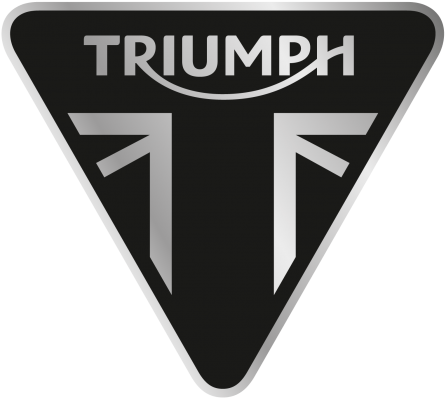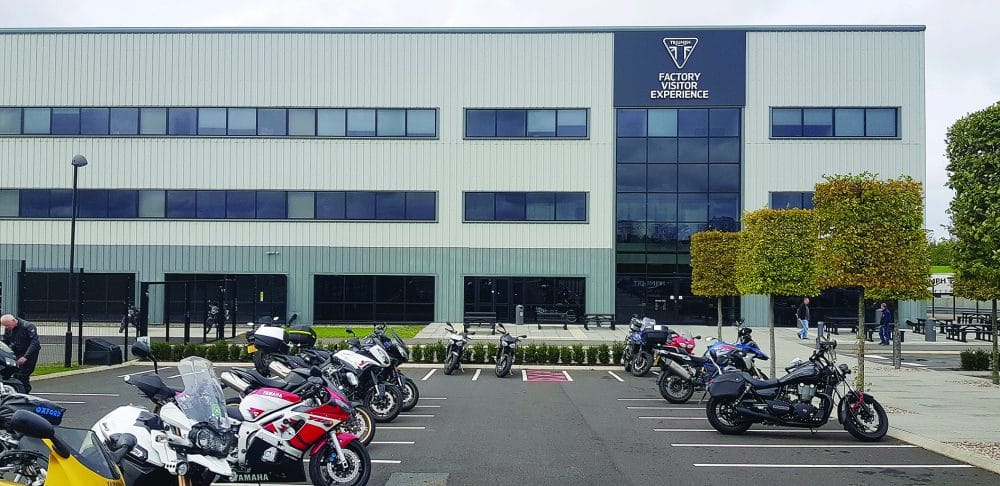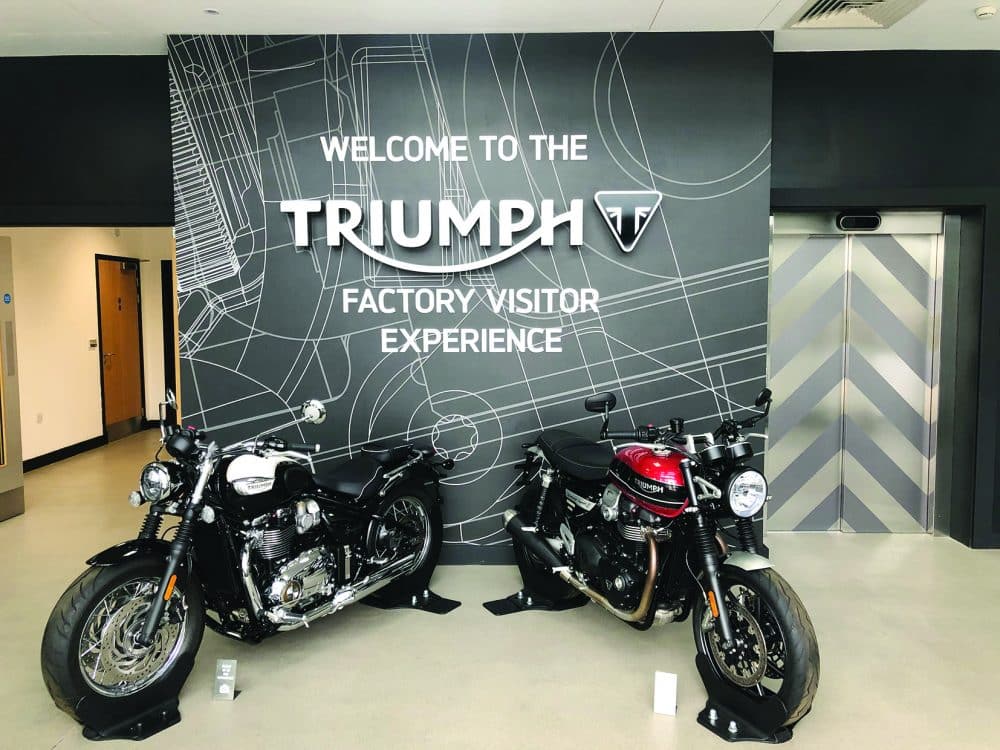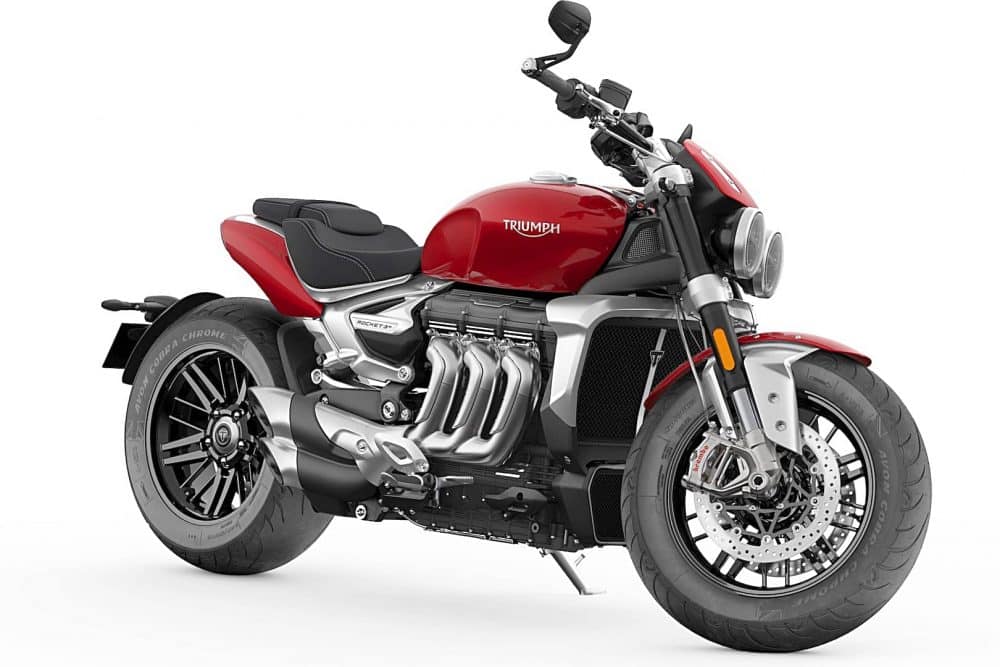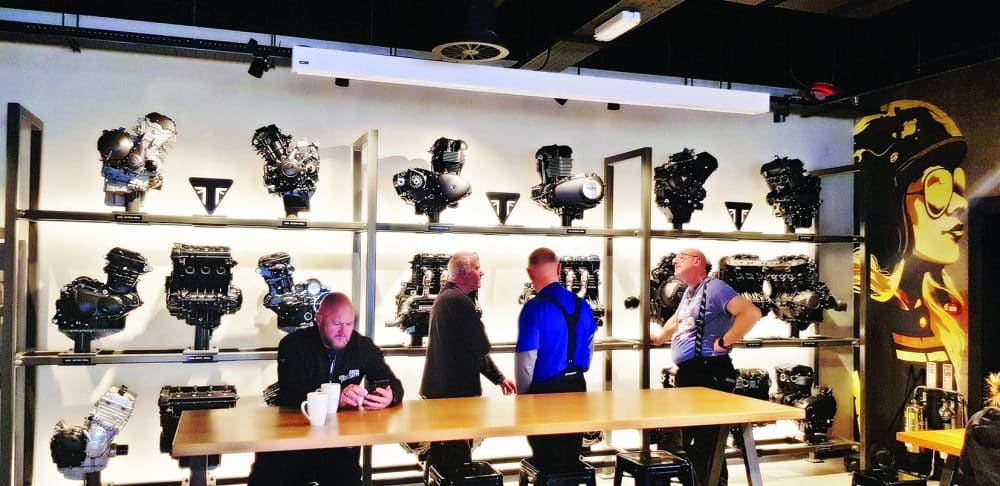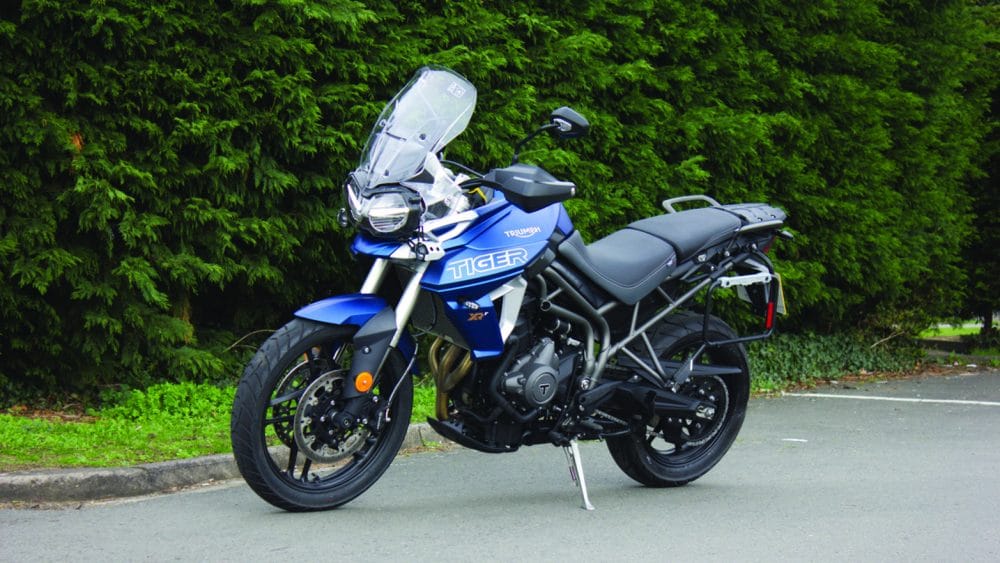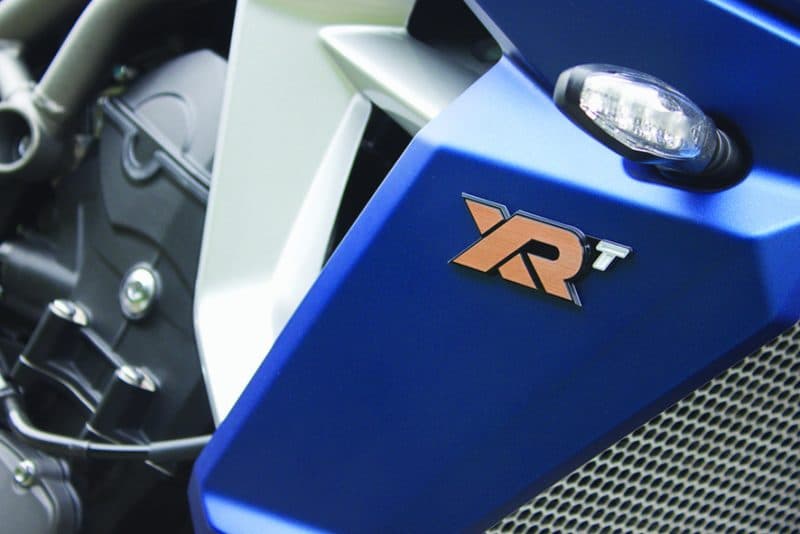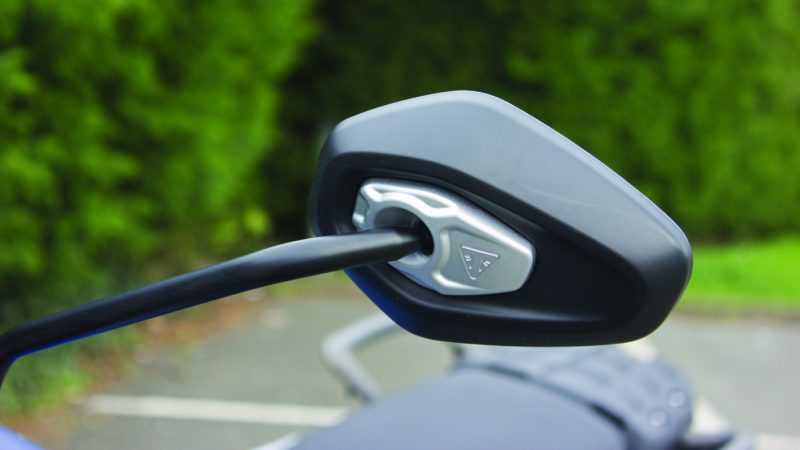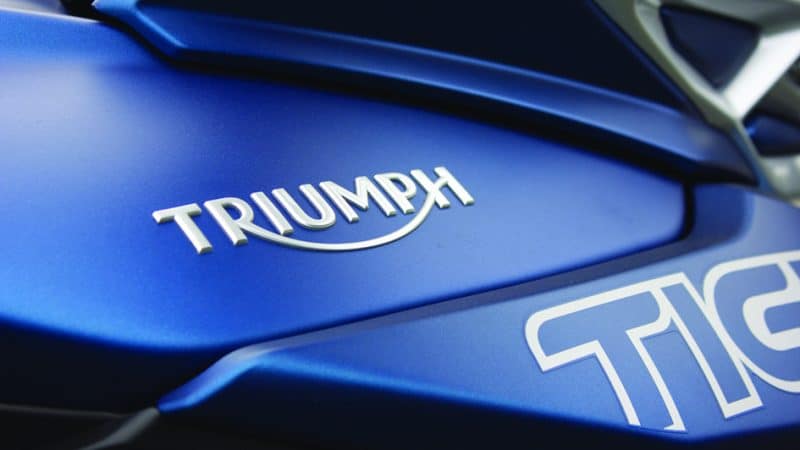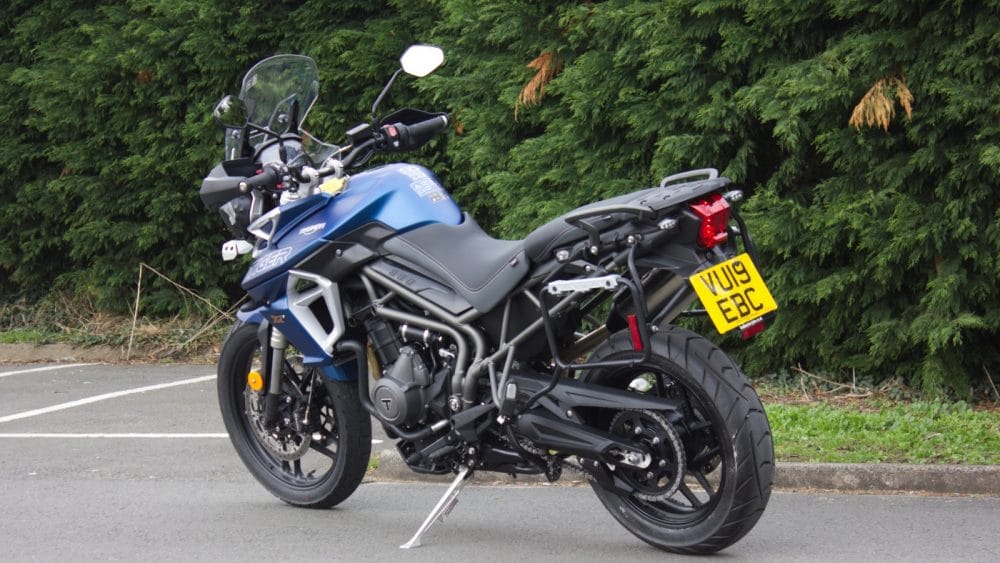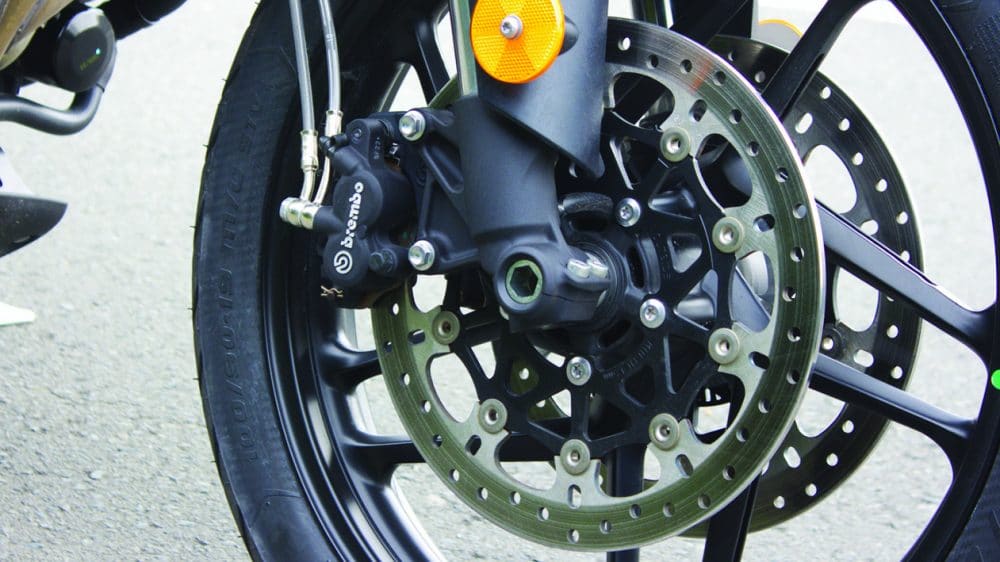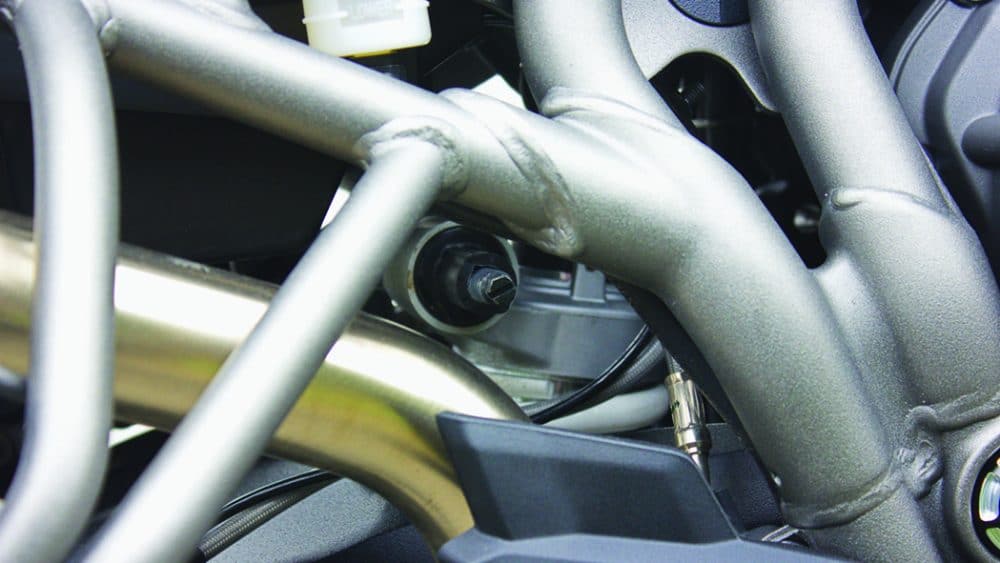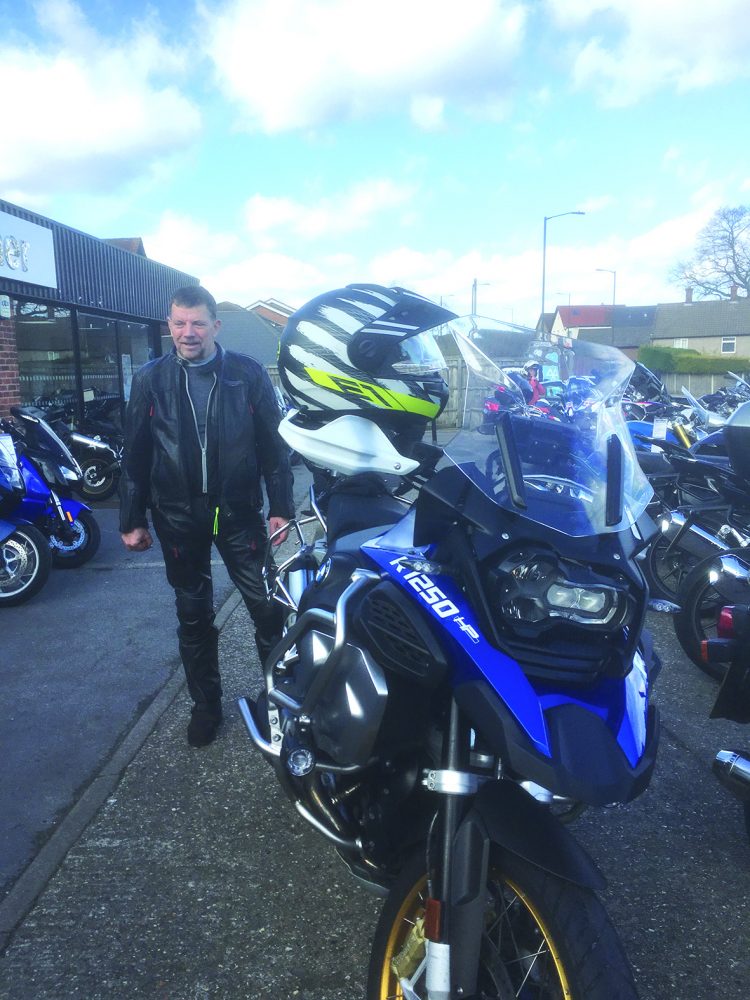New look for an established name. Triumph’s middleweight for Spring 2021.
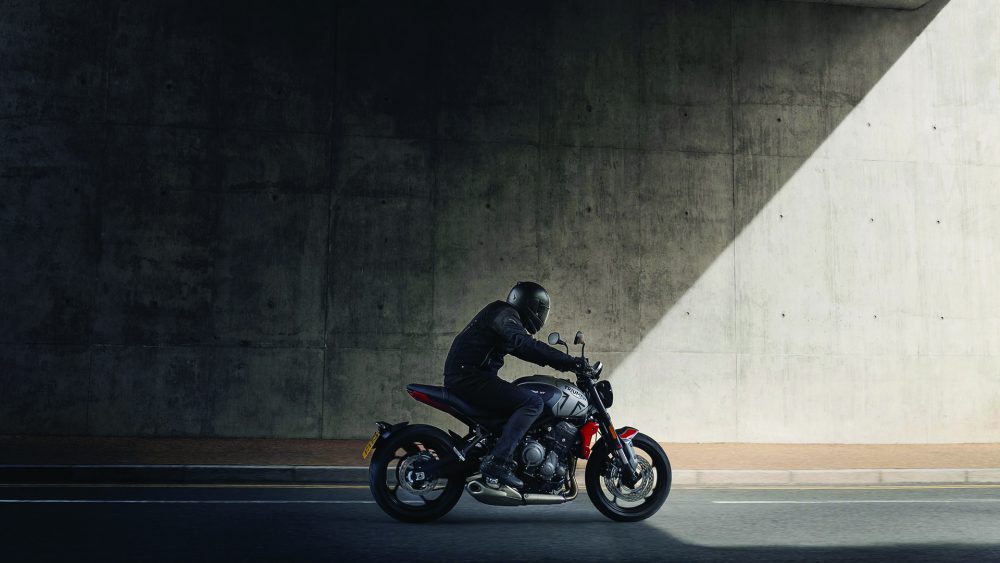
This is the first look at the full features of a bike which has been under wraps for the last few months, with few teasers to reveal its size, spec and pricing. October 30th was marked as the reveal date and I was signed up to get the rundown of this new model to compete against my Yamaha MT07 and the Honda CBR and the like and steal some of the Japanese market in middleweight motorcycles.
The Triumph Trident 660 has now been unveiled as a new entry-level triple that by Triumph’s own admission is designed to knock Yamaha’s MT-07 off the middleweight top spot. Many were thinking it would be a re-worked Street Triple S but for a start the engine is completely different and while they might share the same capacity, the bore and stroke are different as are the rest of the integral parts, so new piston, new crank, new cylinder head, new cases, new clutch, new liners, new camshafts…
We have the great combination of low down torque, a reasonably fat mid-range and a decent bit of top end. The chassis is all new, with Triumph saying that it delivers the typical ‘roadster’ handling we’ve come to expect from them. What’s especially nice is that even for the price point, it’s got nice bits of kit as standard, including 41mm Showa Separate Function forks, Nissin calipers and Michelin Road 5 tyres.
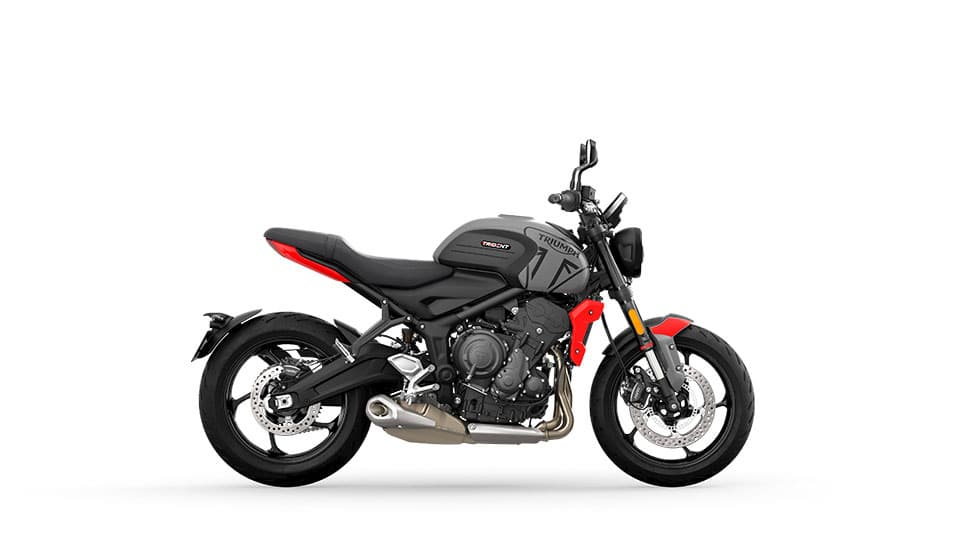
Where it really begins to look special is in the tech department. The Trident comes with a ride by wire throttle, so it’s got two riding modes – Road and Rain, that change the characteristics of both the throttle map and the traction control. ABS is standard. There’s some optional extra tech too, including a quickshifter/autoblipper and even tyre pressure monitors.
All of the tech is controlled through Triumph’s colour TFT display. Unlike other colour dashes that just give funky colours to the tacho, the dash on the Trident can be paired with a smartphone (if you buy the connectivity module) unlocking phonecalls, music and a satnav if that’s your bag and you don’t already have it set up as I do with a TomTom and Sena Bluetooth.
To keep running costs down the service intervals are every 10,000 miles, which is a fair bit higher than most of the competition. Then when it does go in for a service, Triumph have made an effort to reduce the time it spends in the workshop, with a service time nearly half that of some competitors. Lastly the Trident comes with a two year, unlimited mileage warranty. And all this for a basic £7,199. I’m very impressed and have my test ride booked when Bulldog Triumph get their test bike in January, and perhaps before, as December was muted as an earlier date but with the new lockdown who knows!
Now for the important stuff – it comes in 4 colour variants, personally I favour the silver grey and diablo red with a large Triumph logo on either side of the tank. There are plenty of extras already listed for whichever model you choose, with heated grips, tank and tail packs, tracking devices, engine protectors, lasered valve caps etc which certainly mount up the price as I specced what I would like, reaching nearer £8,000.
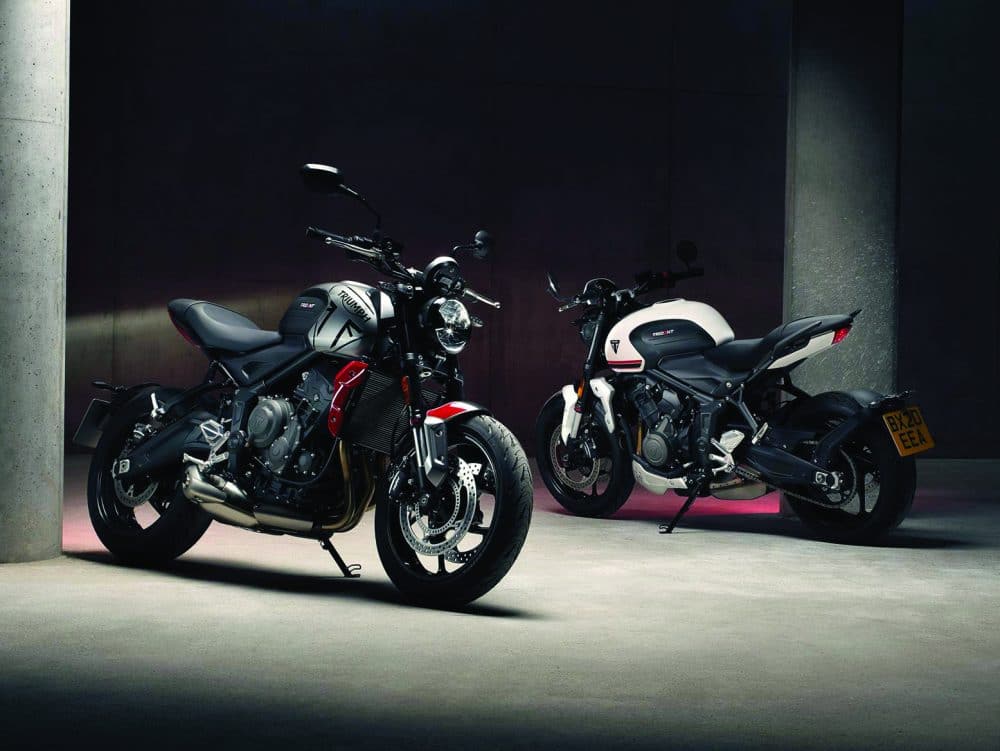
If you want to see more, head over to the Triumph website – www.triumphmotorcycles.co.uk/motorcycles/roadsters/trident and have a look for yourself.
Salli G – Editor
First published in Slipstream November 2020
Information from Triumph Motorcycles, MCN and Jason at Bulldog Triumph.
All images © Triumph Motorcycles 2020

